LDM Triple
Advancements in Laser-Assisted Scar Removal for Smooth Skin
Laser treatments have transformed scar removal by offering a faster, minimally invasive alternative to traditional methods like dermabrasion or microneedling. These lasers break down scar tissue and stimulate collagen production, leading to smoother skin. Recent advancements, such as the LDM Triple device, enhance results by combining ultrasonic waves and precise lasers to repair damaged tissue and boost collagen. This article discusses the science behind laser scar removal and how technologies like LDM Triple are improving the speed and effectiveness of treatments.
What is Laser-Assisted Scar Removal?
Laser-assisted scar removal refers to a medical procedure that utilizes specific wavelengths of light to target and reduce the visibility of scars. These lasers deliver energy that either breaks down the scar tissue directly or stimulates the production of new, healthy skin cells. Over the course of several treatment sessions, the scar becomes less noticeable as the skin’s texture and color improve.
This technology is highly versatile and can treat a wide range of scars, from superficial marks to deep, more severe scarring. Unlike other methods that may require invasive surgery, laser treatments are non-invasive, allowing patients to achieve smoother, clearer skin with minimal discomfort and downtime.
Laser technology is based on the principle of selective photothermolysis, which means the laser targets the scar tissue specifically, leaving the surrounding healthy skin unharmed. This precise targeting is what makes laser treatments so effective, as they minimize the risk of damage to healthy tissues and reduce recovery time.
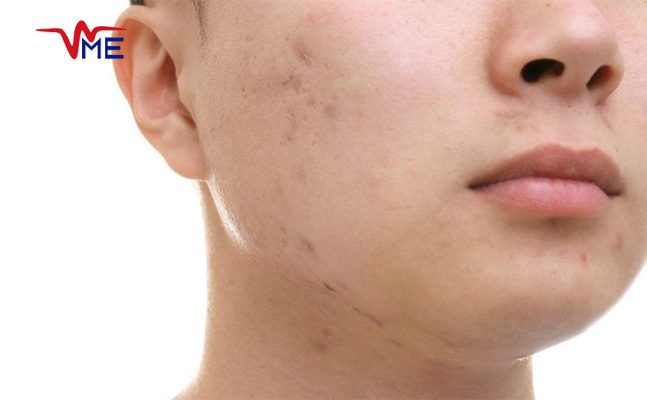
Types of Scars Treated by Laser
There are many types of scars that can be treated using laser technology. Each type of scar requires a different approach and sometimes a combination of laser treatments to achieve optimal results.
- Acne Scars: Acne scars are one of the most common types of scars treated by laser therapy. These scars can take on many different forms, including rolling, boxcar, or icepick scars. For each of these scar types, different laser modalities may be used. For example, fractional lasers work well for deep acne scars, while non-ablative lasers can help reduce pigmentation and smooth the surface of the skin.
- Surgical Scars: Post-surgical scars can leave lasting marks on the skin, which can be unsightly or uncomfortable. Laser treatments can help soften the appearance of surgical scars, making them less raised and more in line with the surrounding skin.
- Keloid Scars: Keloid scars are raised, thickened areas of skin that can grow beyond the original wound site. These scars can be difficult to treat, but laser therapy, especially when combined with other treatments like steroid injections, can help flatten and shrink the scar over time.
- Hypertrophic Scars: Similar to keloid scars, hypertrophic scars remain confined to the wound area but are raised and often red or pink. Laser therapy can reduce the height and redness of these scars, leading to a more even skin tone.
How Laser-Assisted Technology Works
Laser-assisted technology works by delivering precise bursts of light energy into the skin. This energy is absorbed by the scar tissue, breaking it down while also encouraging the production of new, healthy cells. Over time, as the scar tissue fades, the new skin takes its place, leading to a smoother and more even appearance.
Ablative vs. Non-Ablative Lasers
There are two main categories of lasers used in scar treatment: ablative and non-ablative.
- Ablative Lasers: These lasers, such as the CO2 or Erbium YAG lasers, remove the outer layers of the skin, allowing new skin to regenerate. Ablative lasers are more intense and typically require longer recovery times. However, they are highly effective for deep scars, such as surgical or acne scars. The treatment essentially resurfaces the skin, making it smoother and more even. Patients undergoing ablative laser treatments may need a week or more to recover fully, during which the skin may appear red or swollen.
- Non-Ablative Lasers: These lasers, such as Nd
or diode lasers, penetrate deeper into the skin without removing its top layers. Non-ablative lasers work by stimulating collagen production, which gradually improves the skin’s texture and tone. They are less invasive, offering shorter recovery times but often require multiple treatment sessions to achieve similar results to ablative lasers. Non-ablative lasers are particularly effective for treating pigmentation and improving overall skin quality.
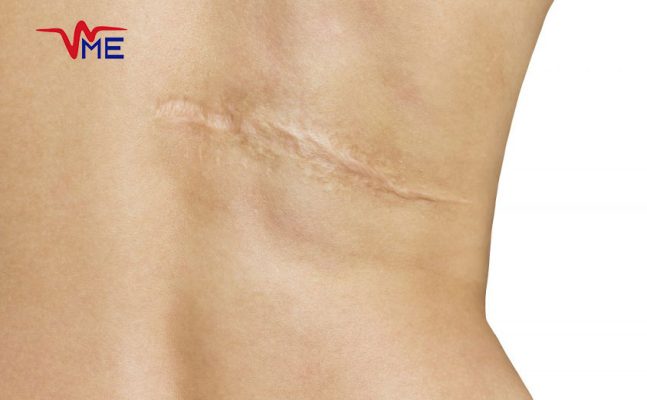
Fractional Laser Technology
One of the most significant advancements in laser scar removal is the development of fractional laser technology. Fractional lasers treat only a fraction of the skin at a time, leaving the surrounding areas intact. This allows for faster healing and less downtime. Fractional lasers create microscopic channels in the skin, stimulating the body’s natural healing response and encouraging the production of new collagen and elastin.
The advantage of fractional lasers is that they offer the effectiveness of more aggressive treatments without the extended recovery time associated with traditional ablative lasers. This technology is especially useful for treating acne scars, surgical scars, and other types of textural irregularities.
Role of Heat in Skin Rejuvenation
The heat generated by laser energy is essential for skin rejuvenation. This heat penetrates the skin, breaking down scar tissue and stimulating the production of collagen—a protein responsible for maintaining the skin’s elasticity and structure. By encouraging collagen production, laser treatments help to smooth out the skin’s surface and improve its overall texture. Additionally, the controlled heating of the skin can also reduce hyperpigmentation, evening out the skin tone.
Benefits of Laser-Assisted Scar Removal
Laser-assisted scar removal offers several key benefits that make it an attractive option for individuals looking to reduce the appearance of scars.
Precision in Treating Scars
Laser technology allows for precision targeting of scar tissues, making it more effective than other methods that may affect surrounding skin. By focusing on the scar tissue, lasers minimize damage to healthy areas, ensuring quicker recovery times and fewer complications.
Minimal Downtime and Recovery
One of the major advantages of laser scar removal is the minimal downtime involved. Most laser treatments require little to no downtime, meaning patients can return to their normal activities soon after the procedure. While some redness, swelling, or mild discomfort may occur, these side effects typically subside within a few days.
Long-Term Results
Laser scar removal offers lasting results. As the body produces new collagen over time, scars continue to improve in appearance, becoming less noticeable even months after treatment. For many patients, the results of laser treatment are permanent, as the scars do not return once fully healed.
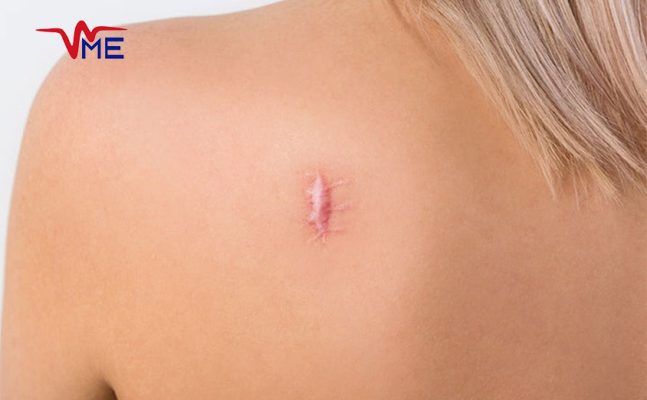
Latest Innovations in Laser Technology
The field of laser scar removal is continuously evolving, with new technologies making treatments more effective and comfortable for patients.
Picosecond Lasers
Picosecond lasers are among the latest innovations in laser scar removal. These lasers deliver ultra-short pulses of light energy that break down scar tissue at a molecular level. The shorter pulse duration means less heat is generated, reducing the risk of damage to surrounding tissues. Picosecond lasers are particularly effective for treating pigmented scars, as the laser shatters pigment particles into smaller fragments, allowing the body to naturally absorb them.
Fractional CO2 Laser
The fractional CO2 laser is widely regarded as one of the most effective treatments for deep scars. This laser delivers high-intensity light to the deeper layers of the skin, stimulating collagen production and promoting skin regeneration. Fractional CO2 lasers are often used for treating severe acne scars, surgical scars, and wrinkles. The treatment is more intense than non-ablative lasers but offers more dramatic results with fewer sessions.
Erbium YAG Lasers
Erbium YAG lasers are known for their precision in targeting water molecules within the skin. This makes them ideal for treating surface-level scars, as they vaporize the top layers of the skin with minimal damage to surrounding tissues. Erbium YAG lasers offer quicker recovery times than CO2 lasers, making them an excellent choice for patients looking to improve mild to moderate scarring.
Preparing for Laser Scar Removal Treatment
Pre-Treatment Skin Care
Before undergoing laser scar removal, it’s important to prepare your skin to ensure optimal results. A dermatologist may recommend a skincare routine that includes sunscreen, gentle exfoliation, and possibly retinoid creams to improve skin health before the procedure. These preparations help the skin respond better to laser treatment and can also reduce the risk of complications.
Consultation with a Dermatologist
A consultation with a dermatologist is crucial before starting laser treatment. During the consultation, the dermatologist will assess your skin type, the type and severity of the scar, and your overall health to determine the most appropriate laser for your condition. The dermatologist will also discuss the number of sessions required and what you can expect in terms of results and recovery.
Aftercare and Recovery
Post-Treatment Care Guidelines
After undergoing laser scar removal, proper aftercare is essential to ensure the best possible results. Patients should follow their dermatologist’s instructions carefully, which may include applying moisturizing ointments, using sunscreen, and avoiding excessive sun exposure. Keeping the treated area clean and moisturized will help speed up the healing process and reduce the risk of infection.
Expected Recovery Time
The recovery time after laser scar removal varies depending on the type of laser used. For ablative lasers, recovery can take anywhere from a few days to two weeks, during which the skin may be red, swollen, and peeling. Non-ablative lasers typically have a shorter recovery time, with redness and swelling resolving within a few hours to a couple of days. It’s important to avoid picking at scabs or peeling skin, as this can lead to scarring or infection.
Comparing Laser Scar Removal with Other Methods
While laser treatments are highly effective, they are not the only option available for scar reduction. Here’s how laser-assisted scar removal compares to other popular methods.
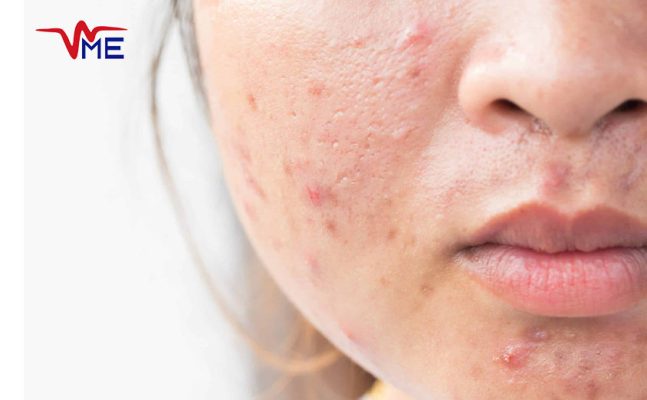
Microneedling vs. Laser Treatment
Microneedling involves the use of tiny needles to create micro-injuries in the skin, stimulating collagen production. While microneedling is effective for mild scars, it may not offer the same level of precision or results as laser treatments. Additionally, microneedling typically requires more sessions to achieve similar results to laser therapy.
Chemical Peels vs. Laser Treatment
Chemical peels work by applying an acid solution to the skin, which exfoliates the top layer and reduces the appearance of scars. While chemical peels are effective for surface-level scars, they cannot penetrate as deeply as laser treatments, making them less effective for deeper or raised scars. Chemical peels also require longer recovery times and may cause more discomfort than non-ablative laser treatments.

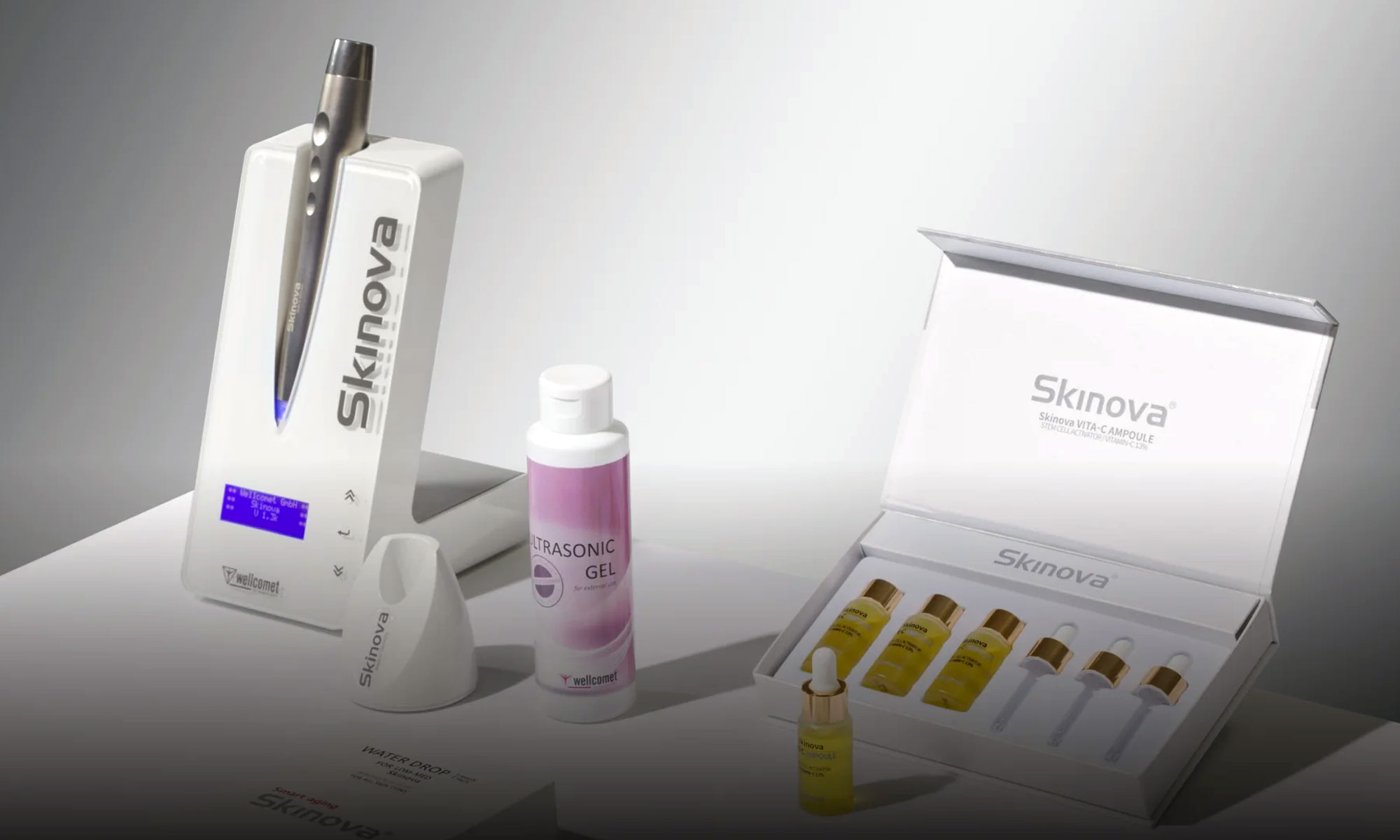

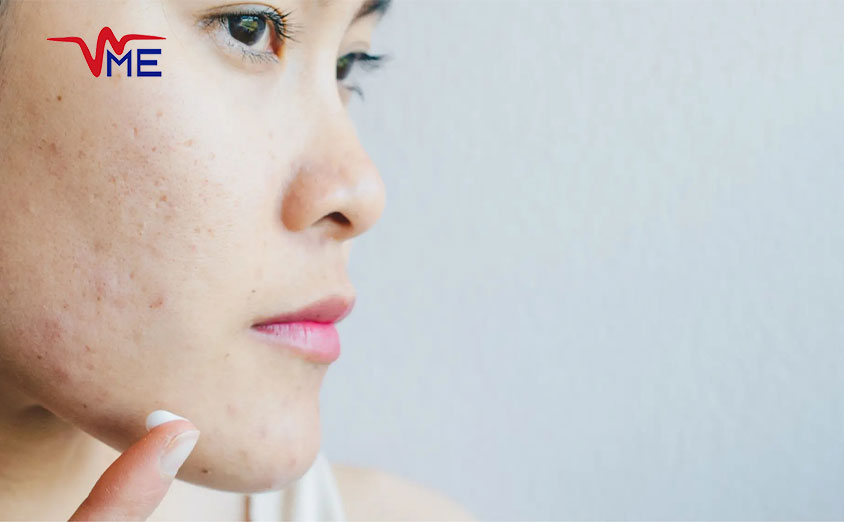
An excellent overview of cutting-edge laser-assisted scar removal! This technology offers hope for achieving smoother skin. Very well presented!